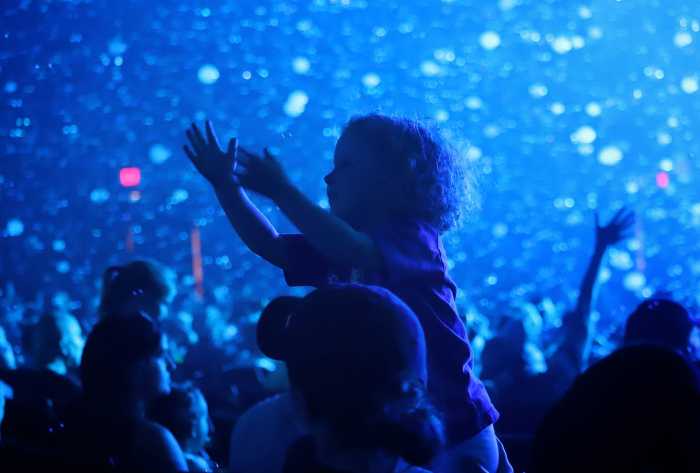A new digital resource is available that streamlines important data to help Westchester County children and youth who are experiencing homelessness: The Westchester County Child and Youth Homelessness Dashboard.
Although Westchester is generally considered to be an affluent county, there are more than 2,000 children and youth living here who are experiencing homelessness. Many of these children cannot access the support services they need, due in large part to a lack of centralized data that could help school districts, elected officials, and others address the issues, according to the Westchester Children's Association.
To help kids and families experiencing homelessness get the support they need, the WCA launched a new digital tool that sheds light on the scope and scale of homelessness among youth within the county. The Westchester County Child and Youth Homelessness Dashboard presents homeless data for public school children broken down by important criteria, including school district, race, housing situation, and age. It shows percentages of Westchester children and families receiving county support services—all information that was previously difficult to uncover, or simply not available in one resource.
“Westchester cannot fully meet the needs of its homeless children and youth without capturing an accurate count of this population,” explained Allison Lake, WCA executive director. “We wanted to develop a tool that would clearly tell the story of the inequities through data and visualization and give parents, school districts, elected officials, and other interested stakeholders an easy way to access and understand this important information.”.
How the WCA Dashboards Helps Students in Westchester
Experiencing homelessness can have significant negative consequences for children, including developmental delays, learning and educational challenges, and adverse effects on their health.
Schools can now use the dashboard to better identify students and families in need and refer them to relevant services and support. Being able to properly identify a child experiencing homelessness may help schools understand students’ behavior, academic performance, lack of family engagement, and other signs that can indicate a child in need, WCA explains.
Additionally, totals and averages often quoted around children and homelessness frequently hide the full story. “This dashboard gives a visual picture of students that might actually be hidden in the numbers,” Lake says. “It’s an important part of the story and should open up a dialogue to get at the real numbers and ensure that all children are getting the services they need if they are economically disadvantaged and/or homeless.”
Some Key Points Shown in the WCA Dashboard
The dashboard helps to illuminate the the full story of who is experiencing homelessness in Westchester by providing data to illustrate several key points:
- Black and Brown children are much more likely to experience homelessness and housing instability compared to their White and Asian counterparts. In the 2019-20 school year, Black and Hispanic public-school students represented 92% of those experiencing homelessness in Westchester, even though they only represented 48% of the public-school population during the same time period.
- The Economically Disadvantaged Rate, a poverty measure used by the New York State Education Department, is not a reliable predictor of the homelessness rate for a school district. For example, in the 2019-20 school year, Mount Vernon reported 68% of its students as economically disadvantaged and 12% of its students as homeless. In comparison, Yonkers reported 75% of its children as economically disadvantaged and 2% of its children as homeless.
- A large proportion of youth experiencing homelessness in Westchester do not receive adequate support or preventative homelessness services. According to the NYS Education Department, 2,357 students were experiencing homelessness in 2019-20. However, because of different definitions of homelessness, only 608 of those children were receiving county services to help them transition out of homelessness (about 26%), meaning 3 out of 4 homeless children were not receiving services to help them find permanent housing.
WCA developed the dashboard in collaboration with the Westchester County Department of Social Services and the Westchester Continuum of Care Partnership to End Homelessness. View the dashboard to learn more.





















